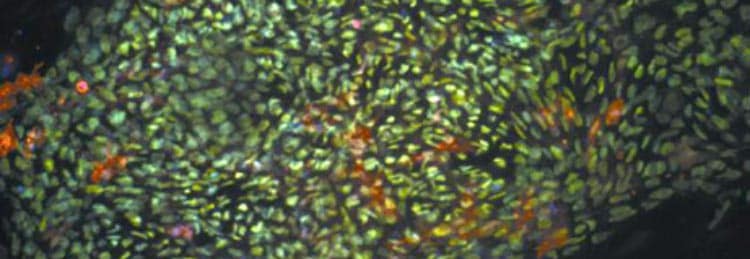
Somatic stem cells are basically adult stem cells that are found in both children and adult humans. The Regeneration center uses adult stem cells that are isolated from a tissue samples from cord blood,placenta,adipose (fat) or dental pulp.
Somatic stem cells, also known as adult stem cells, are a type of undifferentiated cell found throughout the body after embryonic development. These cells are located in various tissues such as bone marrow, skin, and the brain, among others. Somatic stem cells are responsible for maintaining and repairing the tissue in which they are found. Unlike embryonic stem cells, which have the potential to become any type of cell in the body, somatic stem cells are generally limited to differentiation into cell types that are characteristic of the tissue in which they reside.
Somatic stem cells have various applications in regenerative medicine, often employed in therapies aimed at treating conditions such as leukemia, osteoarthritis, and certain types of heart diseases, Congestive heart failure treatment of after heart attacks. For example, bone marrow transplants are effectively hematopoietic stem cell transplants, used to treat leukemia and other blood disorders.
Somatic stem cells play a crucial role in the body’s ability to repair and maintain its tissues. They also offer exciting prospects in the field of regenerative medicine, although their potential is somewhat limited compared to embryonic stem cells. Nevertheless, they represent a valuable resource for treating a variety of conditions and diseases.
Zombie cells, also called senescent cells, are non-dividing cells that accumulate in the body due to stress or damage, resisting… Read More
Chimeric antigen receptor-T cell treatment (CAR-T cell therapy) holds immense potential to revolutionize organ transplantation, particularly for patients who struggle… Read More
In the ever-evolving landscape of nutrition science, the discourse around dietary fats has undergone significant transformation. The Regeneration Center is… Read More
New research shows that specific types of brain cells become active after brain injuries and exhibit properties similar to those… Read More
Chemokines, critical components in the immune system, are small proteins that facilitate the migration and positioning of immune cells throughout… Read More
Stem cell research examines everything from gene expression to differentiation capacities to therapeutic potentials. With such diverse data types and… Read More